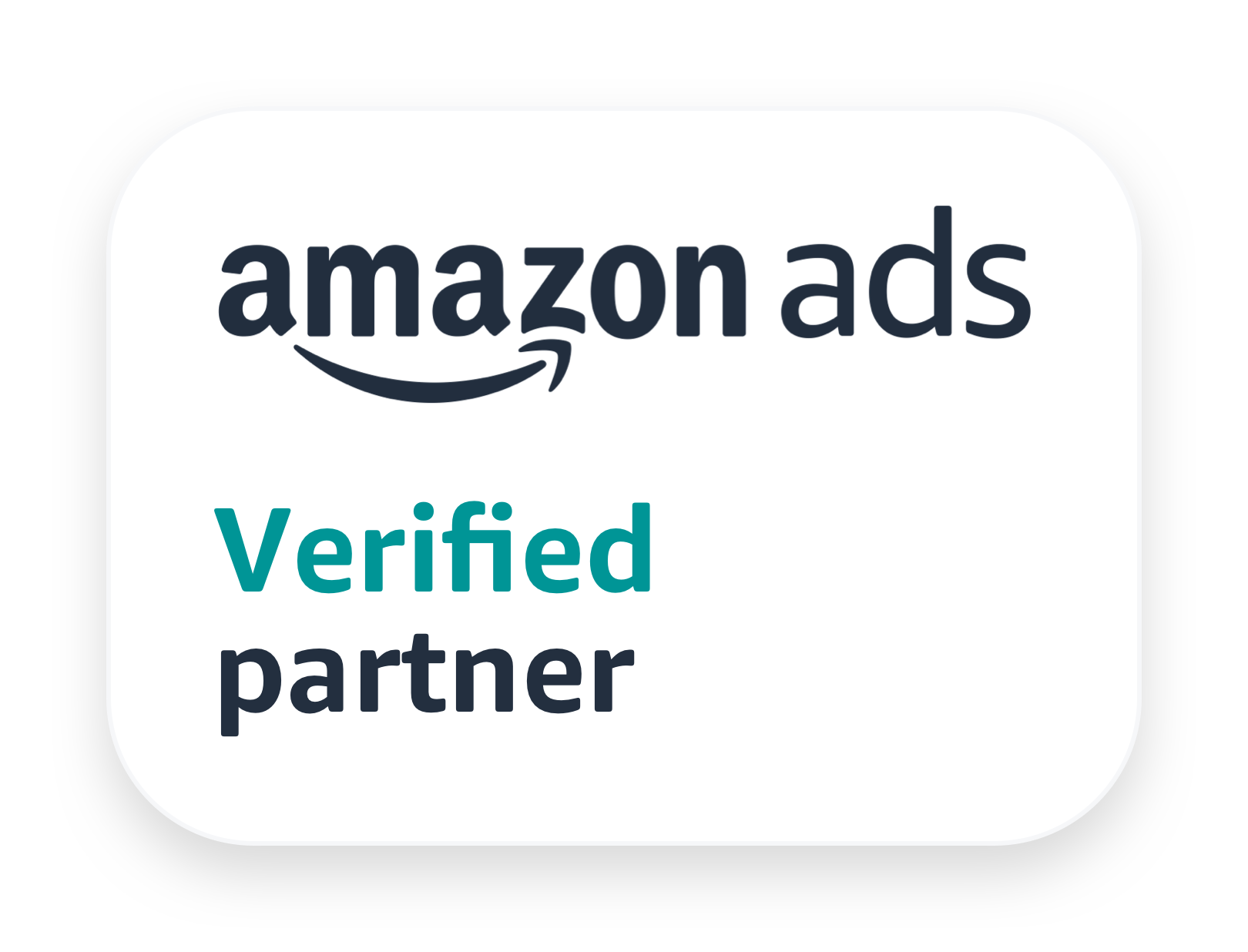Why Selling Supplements On Amazon is Totally Different

When it comes to advertising high lifetime value (LTV) products like supplements, we use a very different approach compared to one-off purchases. High LTV products, such as food or beauty items, have a higher repeat purchase rate, which increases their lifetime value beyond the initial sale. This changes pretty much everything because you're no longer competing to win one sale but ten sales from a single order.
Understanding the Importance of Lifetime Value (LTV)
Before delving into advertising strategies, it's crucial to grasp the concept of lifetime value. Unlike one-time purchases, high LTV products have the potential to generate multiple sales from the same customer over time. Think supplements, beauty and food where if you find something you like you're generally going to buy it again. Compare this to chairs, wallets, phone cases, etc where you only buy one and done
Shifting the Focus: Running Ads for Repeat Purchases
For supplement brands, our primary objective of Amazon advertising is to attract new customers with the intention of encouraging repeat purchases. This means running ads at a breakeven or higher Advertising Cost of Sale (ACOS) to acquire new customers and relying on their future purchases to generate profits. From our research we've found that this holds true for most brands as the average ACOS we see for supplements is 45-55% whereas generic products are closer to 20-25%
The Power of Targeting: Splitting Audiences for Success
One powerful strategy that we use is splitting target audiences into specific buckets. Let's take the example of a supplement brand called Protein Co to illustrate this approach: See their full case study here.
- Branded Targeting: This includes people who are already searching for the brand, using keywords like "Protein Co" or "Protein Co whey protein." Additionally, targeting your own products with product-specific keywords helps create a solid defensive strategy, preventing competitors from stealing sales.
- Generic Targeting: This involves targeting broader keywords like "whey protein" or "whey protein powder." By focusing on potential customers who don't know exactly what they want, you can attract new-to-brand (NTB) customers who have the potential to become repeat buyers, thus increasing lifetime value.
- Competitor Targeting: While not necessary for every campaign, targeting competitor keywords like "optimum nutrition" can be useful when aiming for the top spot or if other targeting options are maxed out. It's great because you know that these customers are loyal and are already used to buying repeatedly, however, it's important to note that winning customers from a brand they already like can be expensive.
Optimizing ACOS for Different Targeting Categories
In terms of ACOS, the three targeting categories yield varying results. Branded targeting typically has the lowest ACOS, used primarily to fend off competitors rather than to drive substantial additional sales. The generic targeting category should aim for at least breakeven or higher ACOS, with consideration given to the lifetime value of acquired customers. Competitor targeting tends to have the highest ACOS, and while it can be effective, it may not be the most cost-effective choice for initial campaigns.
Conclusion
From our experience, successfully running Amazon ads for supplement brands, or any high LTV product, requires a shift in focus towards acquiring new customers for repeat purchases. By strategically splitting target audiences and optimizing ACOS based on each category, supplement brands can attract new customers, increase lifetime value, and establish a profitable presence on Amazon. As with any advertising strategy, continuous monitoring, analysis, and adjustment are essential to achieve sustainable success in the competitive e-commerce landscape.


.jpg)
.jpg)

